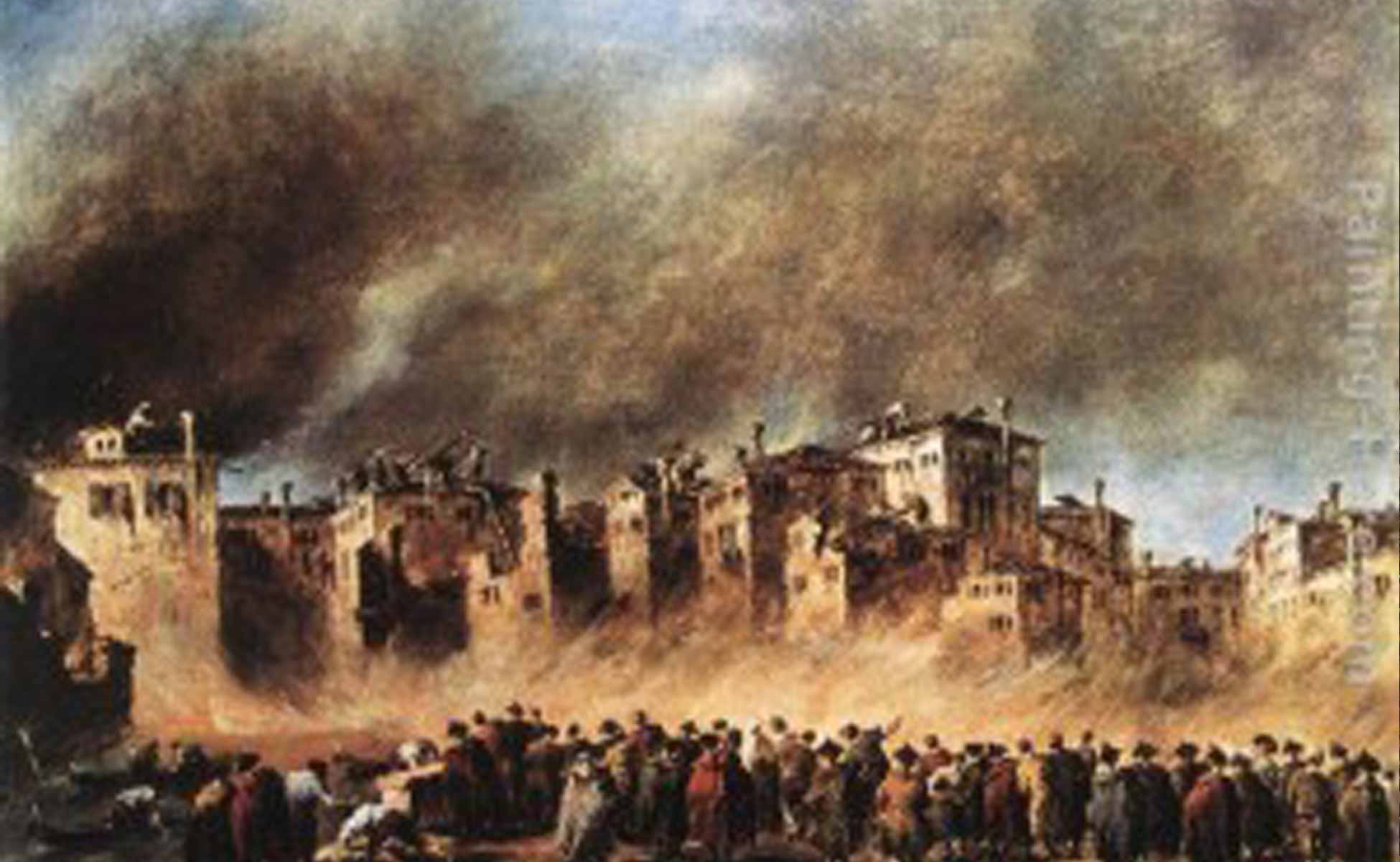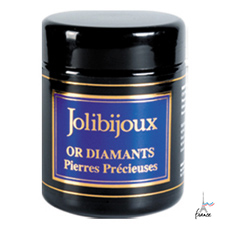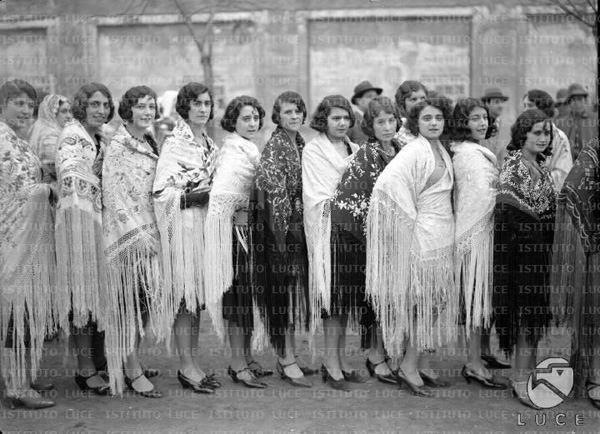Murano glass
Glass makes its appearance at Venice Around the year 1000, a document by the Benedictine monk Fiolario, who produced light bulbs for domestic use, testifies to this. The industry quickly takes on great importance despite the danger of operating the ovens in an already very dense city. It was in 1291 that the republic of Venice decides to move the furnaces and master glassmakers to the neighbouring island of Murano for good. Of all the fires that ravaged Venice, many of them were assigned to the furnaces. This transfer, in addition to preventing fires, also made it possible to better 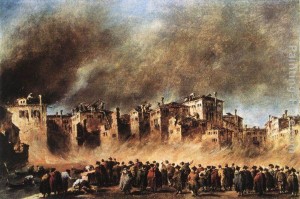 to preserve the manufacturing secrets of a renowned glass factory and to ensure the security of raw material stocks, the warehouse of which was also called the "chamber of poisons". The activity of the island quickly took an industrial dimension which gave it wealth and fame, it became the great manufacture of glass and crystal of Venice. For five centuries, Murano has been the base of one of the most flourishing production, rivaling the techniques of Bohemian crystal. The Murano factories supplied the Court of France, the Imperial Court of Austria, the Courts of the Italian Duchies as well as the palaces of Venice the best polychrome crystal chandeliers and the most beautiful mirrors with cut glass frames. This is how Murano's fame was born, where families still pass on, from generation to generation, the recipes and secrets that no one can match.
to preserve the manufacturing secrets of a renowned glass factory and to ensure the security of raw material stocks, the warehouse of which was also called the "chamber of poisons". The activity of the island quickly took an industrial dimension which gave it wealth and fame, it became the great manufacture of glass and crystal of Venice. For five centuries, Murano has been the base of one of the most flourishing production, rivaling the techniques of Bohemian crystal. The Murano factories supplied the Court of France, the Imperial Court of Austria, the Courts of the Italian Duchies as well as the palaces of Venice the best polychrome crystal chandeliers and the most beautiful mirrors with cut glass frames. This is how Murano's fame was born, where families still pass on, from generation to generation, the recipes and secrets that no one can match.
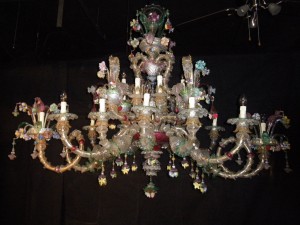
Murano glass is a lead-rich glass made of a mixture of silica sand, oxides and carbonates, with a high purity and a brilliance close to that of crystal. Its main charm comes from the very wide range of its colours and their purity. Even today, the chemical formulas for the composition of the colours are very well kept, even though only 66 different colours are manufactured today, whereas more than 300 have been produced!
The pearls of Murano
In addition to the hand-blown glass craftsmanship for which Venetian production is renowned, another industry has been carried on on the island of Murano for seven centuries: the manufacture of glass beads. Glass beads are classified according to their manufacturing technique: winding, drawing, moulding, blowing. In the winding process, the craftsman wraps the molten glass around a rod. These beads are made individually. However, for drawn glass beads, glassmakers use rods with a central hole, from which many identical beads can be made. It is mainly these two techniques that are used in Murano.
 Rosetta or herringbone beads are obtained from a glass rod composed of several different thicknesses of coloured glass (most often blue, white and red), and shaped with a millstone to obtain a pattern of concentric stars.
Rosetta or herringbone beads are obtained from a glass rod composed of several different thicknesses of coloured glass (most often blue, white and red), and shaped with a millstone to obtain a pattern of concentric stars.
 Millefiore or Millefiori have a similar manufacturing process to herringbone beads, but the glass rods are much thinner, without a central hole. The small cut pieces are amalgamated around a metal wire by a molten glass binder, the hot bead is pressed into a mould to give it its final shape, then cooled and dipped in acid to gnaw the wire, which will form the hole.
Millefiore or Millefiori have a similar manufacturing process to herringbone beads, but the glass rods are much thinner, without a central hole. The small cut pieces are amalgamated around a metal wire by a molten glass binder, the hot bead is pressed into a mould to give it its final shape, then cooled and dipped in acid to gnaw the wire, which will form the hole.
 The shape of the bead is created by the blower, then other colours of glass, gold or silver are deposited on it. The movements of the blower create the characteristic spiral shapes of these beads.
The shape of the bead is created by the blower, then other colours of glass, gold or silver are deposited on it. The movements of the blower create the characteristic spiral shapes of these beads.
 Aventurine contains tiny copper crystals, which give a beautiful iridescence to the glass. It is flattened into a thin ribbon that is applied to the beads. This process is found in Sommerso beads.
Aventurine contains tiny copper crystals, which give a beautiful iridescence to the glass. It is flattened into a thin ribbon that is applied to the beads. This process is found in Sommerso beads.
 The name Sommerso beads comes from the manufacturing technique of this type of beads, which consists in wrapping coloured glass or more generally a gold leaf with a layer of transparent glass.
The name Sommerso beads comes from the manufacturing technique of this type of beads, which consists in wrapping coloured glass or more generally a gold leaf with a layer of transparent glass.
 Lamp-wound beads are obtained by melting a glass rod and wrapping it around a thin copper rod that the craftsman turns continuously. The bead thus formed is then decorated and dipped in acid to dissolve the metal and form the hole.
Lamp-wound beads are obtained by melting a glass rod and wrapping it around a thin copper rod that the craftsman turns continuously. The bead thus formed is then decorated and dipped in acid to dissolve the metal and form the hole.
Today the Murano site is still very active in the production of Italian glass and especially pearls.


